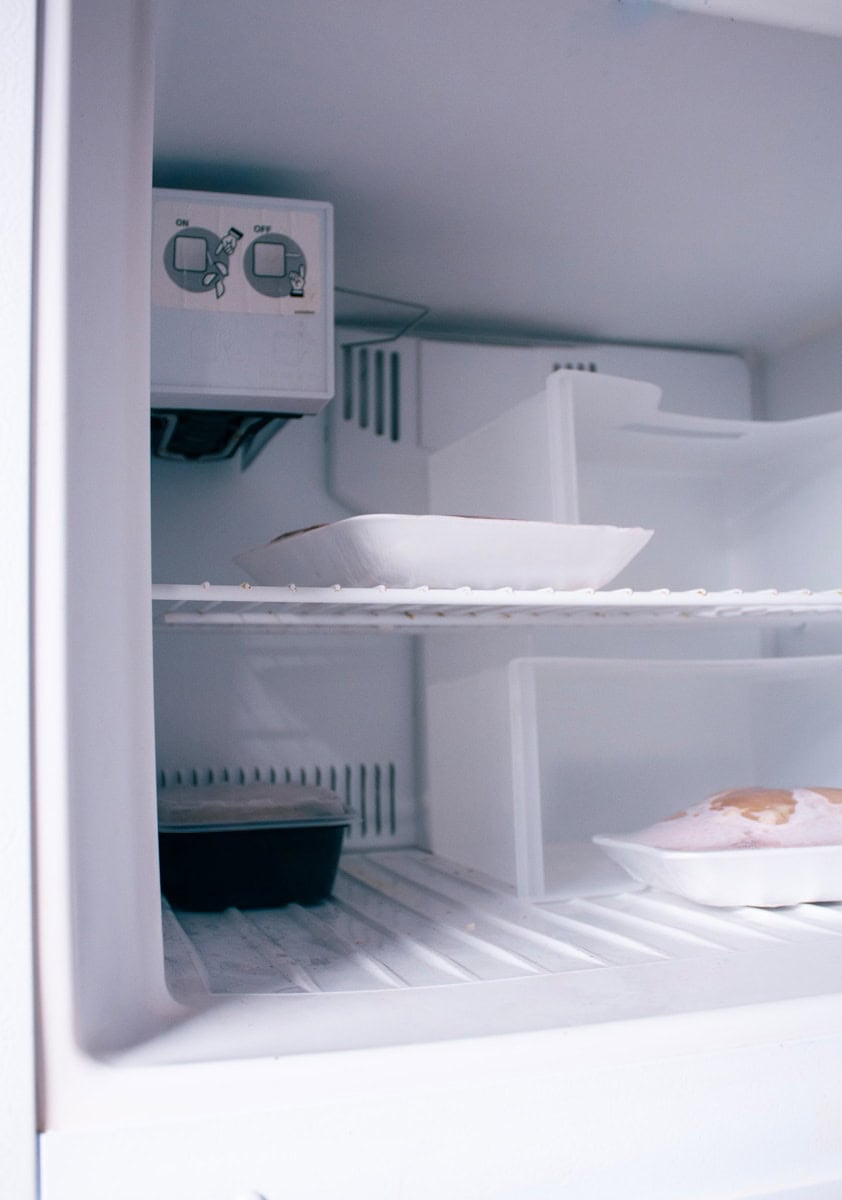Imagine losing your phone and finding it 18 months later in the back of your freezer. It sounds like a plot from a sitcom, right? Well, this actually happened to a Reddit user, sparking an intriguing discussion about the consequences and the possibility of salvaging data from a phone that has been in such extreme conditions. Spoiler alert: the phone defied expectations and came back to life after being thawed. This unusual case highlights the unexpected resilience of some electronics and raises questions about the factors that contributed to its survival. While freezing your phone is certainly not recommended, this incident offers valuable insights into the potential durability of modern devices and the importance of proper thawing techniques. Let’s explore the details of this remarkable case and the lessons we can learn from it.
The Freezer Discovery
The user, admittedly calling themselves a “grade A idiot,” recounted how they lost their phone during a move and assumed it was thrown out. To their surprise, they found it in the freezer, still in its case, which was not waterproof. The phone wasn’t frozen in ice or visibly moist.
Can the Phone Be Salvaged?
The primary concern here is whether the phone can be salvaged, especially the data. The consensus among the Reddit tech community is cautiously optimistic, with several important considerations and steps to follow.
Thawing and Drying the Phone
- Patience is Key: The phone needs to thaw and dry thoroughly. This process could take up to a week in a dry, warm environment. The internal condensation is a significant concern, as it’s likely more extensive inside the device than on the outside.
- Opening the Device: If possible, opening the device without causing damage could aid in the drying process. However, this might not be feasible for everyone and could risk further damage if not done correctly.
- Battery Concerns: The battery’s chemistry might be affected by the prolonged exposure to cold. It’s advised to connect the phone to a power source when attempting to turn it on. However, be cautious of the lithium battery potentially going ‘nuclear’ if condensate has entered the cells.
Safety Precautions
- Fire Extinguisher: Have a fire extinguisher designed for lithium fires on hand. If the battery reacts violently upon activation, it’s crucial to have the means to deal with it safely.
- Well-Ventilated Area: Perform the initial power-up in a well-ventilated area where the phone can be safely left if it needs to be abandoned due to a battery reaction.
The Role of the Phone’s Build Interestingly, the phone in question is an iPhone 8, which is IP68 rated. This rating might offer some hope against extensive condensation damage, but it’s not a guarantee.
Charging the Phone
- Room Temperature: Ensure the phone reaches room temperature before attempting to charge it.
- Slow Charging: Use the slowest charging adapter possible. Charging a cold or over-discharged lithium battery can be dangerous, so the slower the charge, the safer it will be.
Using Silica Gel Packs
Another suggestion is to use silica gel packs to absorb moisture. This method is commonly recommended for electronic devices exposed to moisture and could be effective in this scenario.
Disassembling the Phone
If you’re comfortable and capable, disassembling the phone and letting it dry out completely might increase the chances of it working again. However, this should be done with caution and potentially by a professional if you’re not confident in your skills.
The Unpredictability of the Outcome
Despite all these measures, there’s no certainty about the phone’s functionality after such an ordeal. The user is on a clock with an unknown timer, so if the phone does turn on, they should be quick about backing up data.
A Phone’s Icy Odyssey: Surviving 18 Months in a Freezer
It sounds like something out of a cryogenics experiment, but it’s a true story: a woman accidentally left her phone in a freezer for a year and a half. Incredibly, after thawing it out, the phone still worked. This unusual case has sparked curiosity and raised questions about the resilience of modern electronics.
The Deep Freeze
The phone in question wasn’t deliberately subjected to freezing temperatures for any scientific purpose. It was simply an unfortunate accident, with the phone being forgotten and left in a freezer for 18 months. Remarkably, it wasn’t encased in ice or submerged in water, which likely played a crucial role in its survival.
Thawing and Revival
After retrieving the phone from its icy slumber, the owner allowed it to thaw gradually. This gradual thawing process is important because it helps prevent condensation, which can damage electronic components. To everyone’s surprise, the phone powered on and functioned normally.
Factors Contributing to Survival
While this incident is undoubtedly unusual, several factors likely contributed to the phone’s unexpected resilience:
- Lack of Moisture: The absence of moisture within the freezer prevented ice crystals from forming inside the phone, which can cause significant damage to delicate components.
- Gradual Thawing: Thawing the phone slowly helped prevent condensation, which can also lead to short circuits and malfunctions.
- Battery Resilience: Modern lithium-ion batteries can tolerate cold temperatures to a certain extent, especially when not in use. The phone being powered off during its time in the freezer likely helped preserve the battery.
- A Dash of Luck: Let’s face it, there’s always an element of luck involved in these situations. Even with the favorable conditions, the phone could have easily suffered irreparable damage.
Lessons Learned
While this case is fascinating, it’s important to remember that freezing your phone is not recommended. Prolonged exposure to extreme temperatures can still damage the battery and internal components, even if it appears to work initially.
This unusual incident highlights the unexpected durability of some electronics. However, it’s always best to treat your devices with care and avoid exposing them to harsh conditions.
Table: Factors in the Phone’s Survival
| Factor | Explanation |
|---|---|
| Lack of Moisture | Prevented ice crystal formation and damage to components |
| Gradual Thawing | Avoided condensation and potential short circuits |
| Battery Resilience | Lithium-ion batteries can tolerate cold temperatures, especially when off |
| Luck | A degree of chance was involved in the phone’s survival |
FAQs
- Can a phone survive 18 months in a freezer? It’s possible, but the phone needs to be thoroughly thawed and dried before attempting to turn it on.
- What are the risks of turning on a phone after it’s been in a freezer? The main risks include internal condensation causing short circuits and potential battery damage leading to hazardous reactions.
- How long should I let my phone dry after taking it out of the freezer? It’s recommended to let it dry for at least a week in a warm, dry environment.
- Is it safe to charge a phone right after taking it out of the freezer? No, wait until it reaches room temperature and charge it slowly using the lowest power adapter.
- Can an iPhone 8 survive in a freezer? Its IP68 rating offers some protection against moisture, but it’s not a guarantee.
- Should I open my phone to help it dry? If you can do so safely without causing damage, it might help. Otherwise, seek professional assistance.
- What precautions should I take when trying to power up the phone? Have a fire extinguisher for lithium fires handy and do it in a well-ventilated area.
- Can silica gel packs help in drying the phone? Yes, they can absorb moisture and are often recommended for wet electronics.
- What should I do if the phone doesn’t turn on? Consider professional data recovery services, but be prepared that it might not be successful.
- How can I prevent such incidents in the future? Using tracking devices like Tile can help you keep track of your phone’s location.






